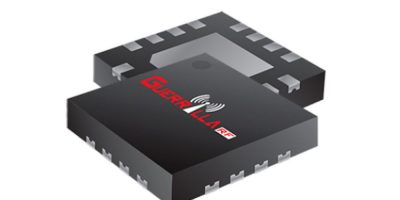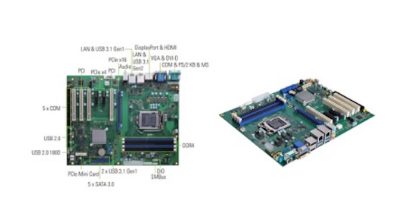Helping customers to accelerate the development of e-scooters, e-bikes, uninterrupted power supplies (UPS) and energy storage systems, Renesas Electronics has unveiled its 48V Mobility Winning Combination. The reference design uses a modular approach in hardware and software to showcase core and optional functional blocks that can be adopted for many 24 to 48V applications. These can range from e-scooters and e-bikes to lawn mowers, electric carts, robot cleaners, power tools and power banks. The reference design uses 15 Renesas ICs, including the ISL94216 16-cell battery front end (BFE), the HIP2211 100V MOSFET drivers, and RX23T 32-bit microcontroller for motor control. The 48V combination design is powered from a 25AHr li-ion battery that drives a 1600W inverter to attain speeds up to 5000 rpm.
Two boards that address the higher battery cell count and power levels mobility applications require. The BFE and charger board focuses on larger, higher voltage battery packs. The motor control and inverter board features synchronised current/voltage measurements and drivers that are pulse width modulated (PWM) to actuate the motor and monitor motor status. The algorithm with the hardware is suitable for driving brushless DC (BLDC) motors. There are also two optional boards – the wireless charging receiver board, and the Bluetooth Low Energy (BLE 5.0) control board.
For system control, there is a cost optimised, energy-efficient RX23T microcontroller with built-in floating point unit (FPU) and six high-performance timers specifically tooled for complex inverter control algorithms. The modular design is intended to help engineers reduce the time spent in software and hardware development and debug. The ISL94216 offers several features that balance and monitor system conditions to improve battery life and safety, in contrast to large cell count single-chip battery managers, the integrated ISL94216 performs independently of the microcontroller.
The collective also includes the ISL81601 60V bi-directional four-switch synchronous buck-boost controller for ultra-fast charging. The controller’s CC/CV charger profile is implemented through the system microcontroller.







